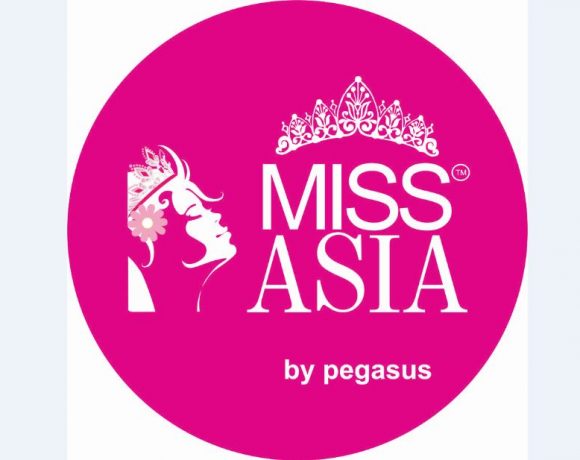Gold Loan And Its Lasting Allure


Dr Sumitha Nandan,
Executive Director of Manappuram Finance Ltd
The organised sector stands to gain even more in the coming years
Gold as an asset class as well as an object of desire has this unique quality to buck the trend, transcend time and to surprise analysts. Gold price has stayed consistently above $1,920 per troy ounce since October-November last year despite US bond yields firming up during this period due to rate hikes by the Federal Reserve, which was actually expected to dent gold prices. Perhaps, what worked in favour of gold was the prospect of recession in the US, Europe and elsewhere. Historically, during recessions and slowdowns, gold prices surge by 10-20% depending on the duration and severity. All this should be music to the ears of the gold loan industry and the borrowers as it is mutually beneficial.
Apart from buoyancy in gold price, the mere fact that Indian households possess a treasure trove of jewellery worth Rs 85 trillion, as per a November 2022 study by Systematix, points to a robust growth outlook for the gold loan industry. At a Loan-to-Value (LTV) of 75%, this presents a potential market opportunity of Rs 63 trillion. For the nonce, only 20% of this is pledged and this is perhaps split between unorganised and organised players in the ratio of 65:35. This implies that the organised gold loan market is a mere Rs 6 lakh crore out of a potential Rs 63 trillion opportunity, leaving plenty of untapped potential for both banks and non-banks. The reasons why gold loans are a big draw are not hard to understand. Gold loan has very low or nil risk weight, which means the lenders need not set aside additional capital buffers for this product. In case of a default, recovery is very quick as the pledged gold can be auctioned and money recovered. Moreover, the fact that only up to a maximum of 75% of the value is lent further reduces the chance of a loss in recovery. For the borrower, it is a means to avail emergency funds in double quick time.
Interestingly, a gold loan often comes as a filler to meet shortfall in other loan categories. For instance, if a borrower wishes to buy a home but finds it difficult to get a housing loan that covers the full amount, the customer makes good the shortfall with a gold loan. It is also a great relief for agriculturists and small and medium enterprises.
Let us consider this statistic: Organised players’ share has risen to 35% compared to 24% a decade ago. While the overall industry, including the unorganised sector, grew 8% in the past decade, the organised sector posted a CAGR of 12% due to focused efforts to wean away customers from the unorganised segment.

The reasons for the spurt in demand for gold loans in the past decade are not far to seek: The lower rate of interest charged by organised players (compared to that by moneylenders and pawn brokers), quick disbursement, flexible terms and safety of the ornaments. Moreover, ineligibility to get general purpose loans from banks and customers’ changing attitudes to gold loans have also contributed to the sharp spurt. It has been estimated that every 1% additional market capture could drive about ~15% growth for the entire organised segment. With banks and NBFCs increasingly focusing on gold loans, the shift to the organised segment should be faster than in the past. The next 10% increase in market share of the organised segment could happen in another 5 years against a decade it took to achieve the last 10% gain taking the organised segment share to 45%.
It is also pertinent to note that banks and NBFCs operate on different dynamics and target different segments – organised NBFCs focus on customer convenience, quick disbursement, and flexibility, while banks largely focus on lower interest rates and higher ticket sizes. Even though banks offer lesser interest rate, small-ticket customers prefer NBFCs, as business gets done in lightning speed.
Recognising the unique proposition of gold loan as a lifestyle product and its attractiveness as an asset class, we at Manappuram pioneered the shift of gold loan customers to the organised sector. We have also pioneered online gold loans and a big chunk of disbursals are now through this route. This is intended to keep up with the times and not to lose space to fintechs as the GenZ and millennial clients could be loathe to the idea of a branch visit. It is also a better way of enticing the daily wage earner as he loses precious time and a day’s wage by visiting a branch for the transaction.
Keeping in mind customer tastes and preferences as well as emerging dynamics in the financial landscape, we are making suitable modifications in product design and we are going for longer duration as we feel prices are likely to stay at elevated levels, minimising the risks of principal and interest loss during collections. We are also carefully calibrating our gold loan LTVs after evaluating the environment. Meanwhile, to garner more business, we are now active in the co- lending space by entering into partnerships with potential players in the industry. In the next five years, our gold loan book is expected to grow reasonably well. To be sure, though we have diversified into other verticals, gold loans will continue to remain a major focus and the rebalancing will still leave 50% of our AUMs and two thirds of profits accruing from gold loans. Going forward, our effort will be to further democratise the gold loan industry by attempting to enlarge the organised space by supplementing and complementing the efforts of other players in the industry.
Pic Courtesy: google/ images are subject to copyright








